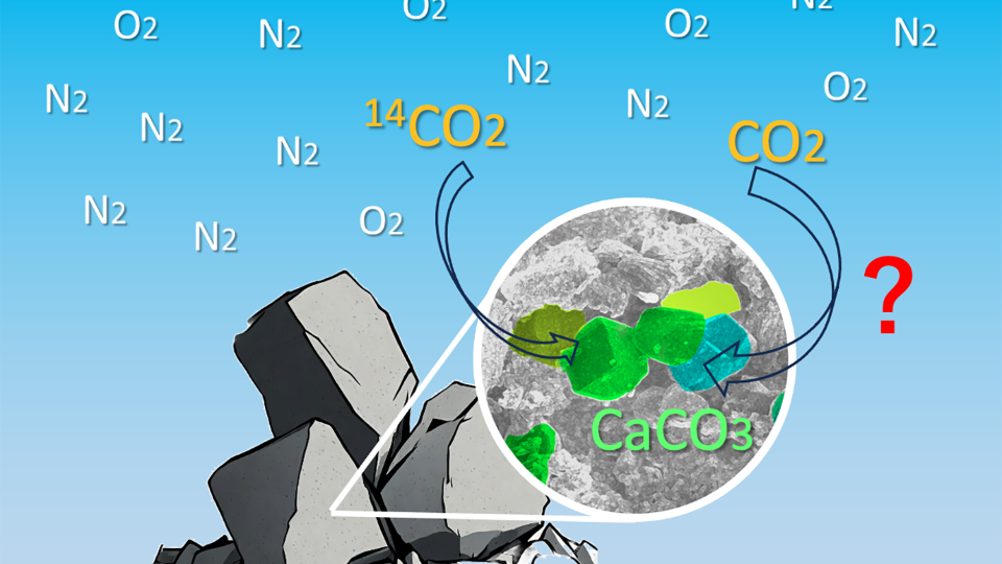Research examines ability of concrete to capture carbon dioxide
Researchers have developed a method to confirm whether carbon in concrete originates from its raw materials, or from carbon in the air.

By measuring the ratio of certain carbon isotopes in concrete that had been exposed to the air and concrete that had not, the team from the University of Tokyo and Nagoya University could verify that direct air carbon capture had occurred. The tam’s findings are detailed in the Journal of Advanced Concrete Technology.
Despite international agreements, greenhouse gas emissions from fossil fuels have continued to increase. According to the United Nations’ Intergovernmental Panel on Climate Change, reducing and preventing further emissions should be complimented with the removal of carbon dioxide from the atmosphere.
“As much as 800kg of CO2 is emitted per ton of cement during its production, so reducing emissions has become a significant issue in the concrete industry,” said Professor Ippei Maruyama from the Department of Architecture at the University of Tokyo Graduate School of Engineering. “Concrete has long been known to react with CO2 in the air to form calcium carbonate, an undesirable phenomenon because it induces corrosion of the steel bars inside concrete structures. However, the concrete industry is now considering ways to make effective use of this reaction.”
Register now to continue reading
Thanks for visiting The Engineer. You’ve now reached your monthly limit of news stories. Register for free to unlock unlimited access to all of our news coverage, as well as premium content including opinion, in-depth features and special reports.
Benefits of registering
-
In-depth insights and coverage of key emerging trends
-
Unrestricted access to special reports throughout the year
-
Daily technology news delivered straight to your inbox










UK Enters ‘Golden Age of Nuclear’
Anybody know why it takes from 2025 to mid 2030's to build a factory-made SMR, by RR? Ten years... has there been no demonstrator either? Do RR...